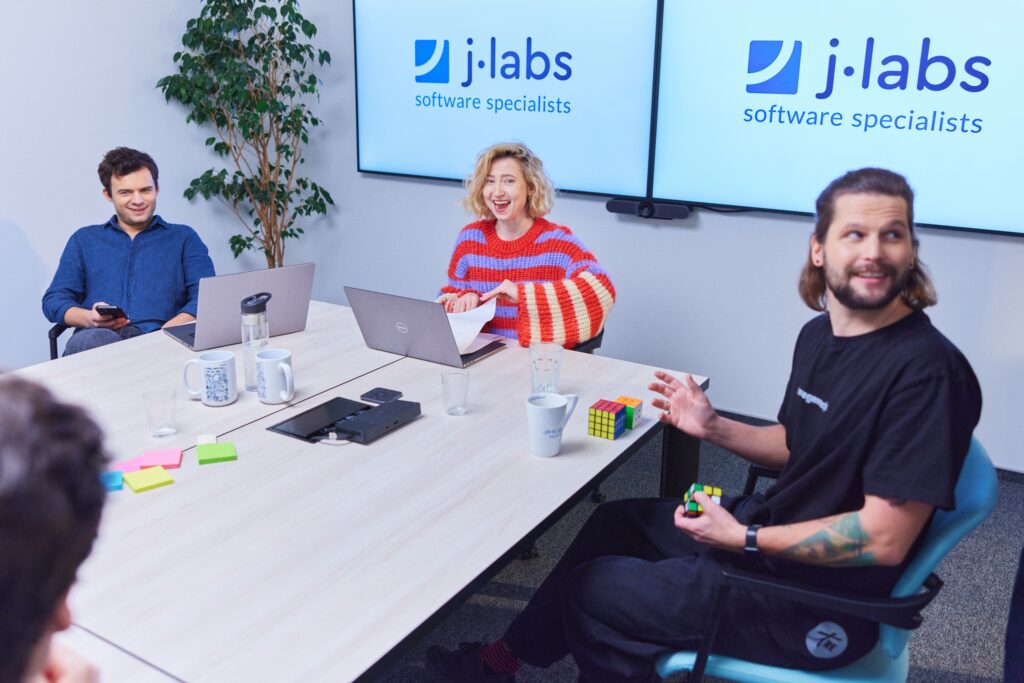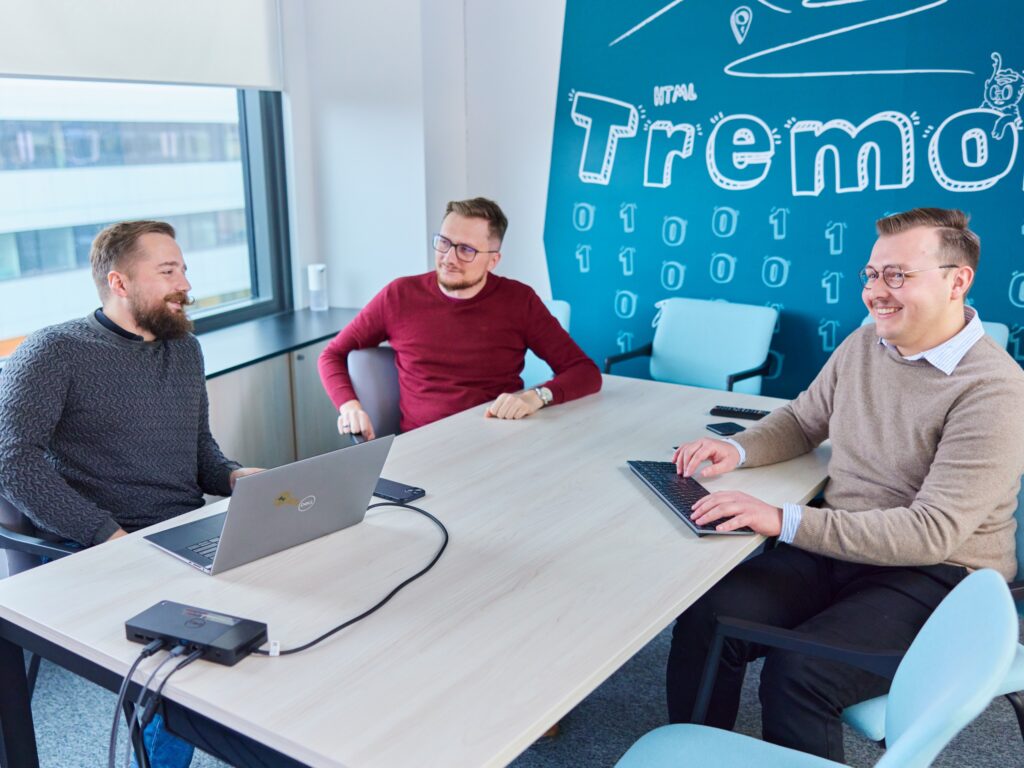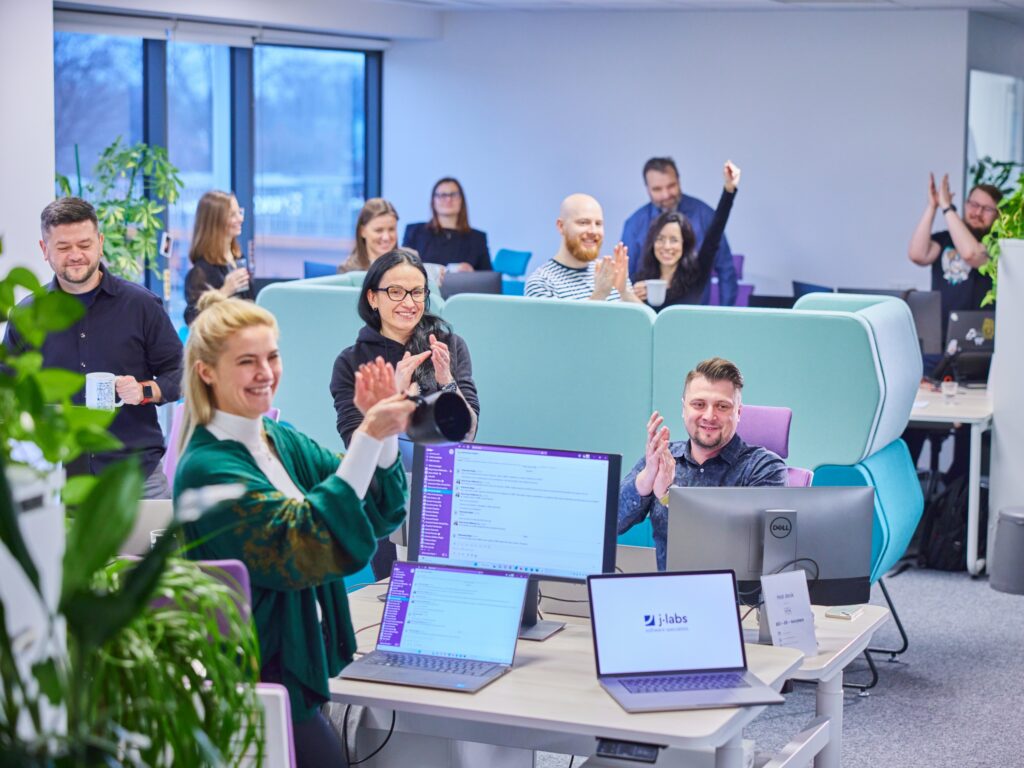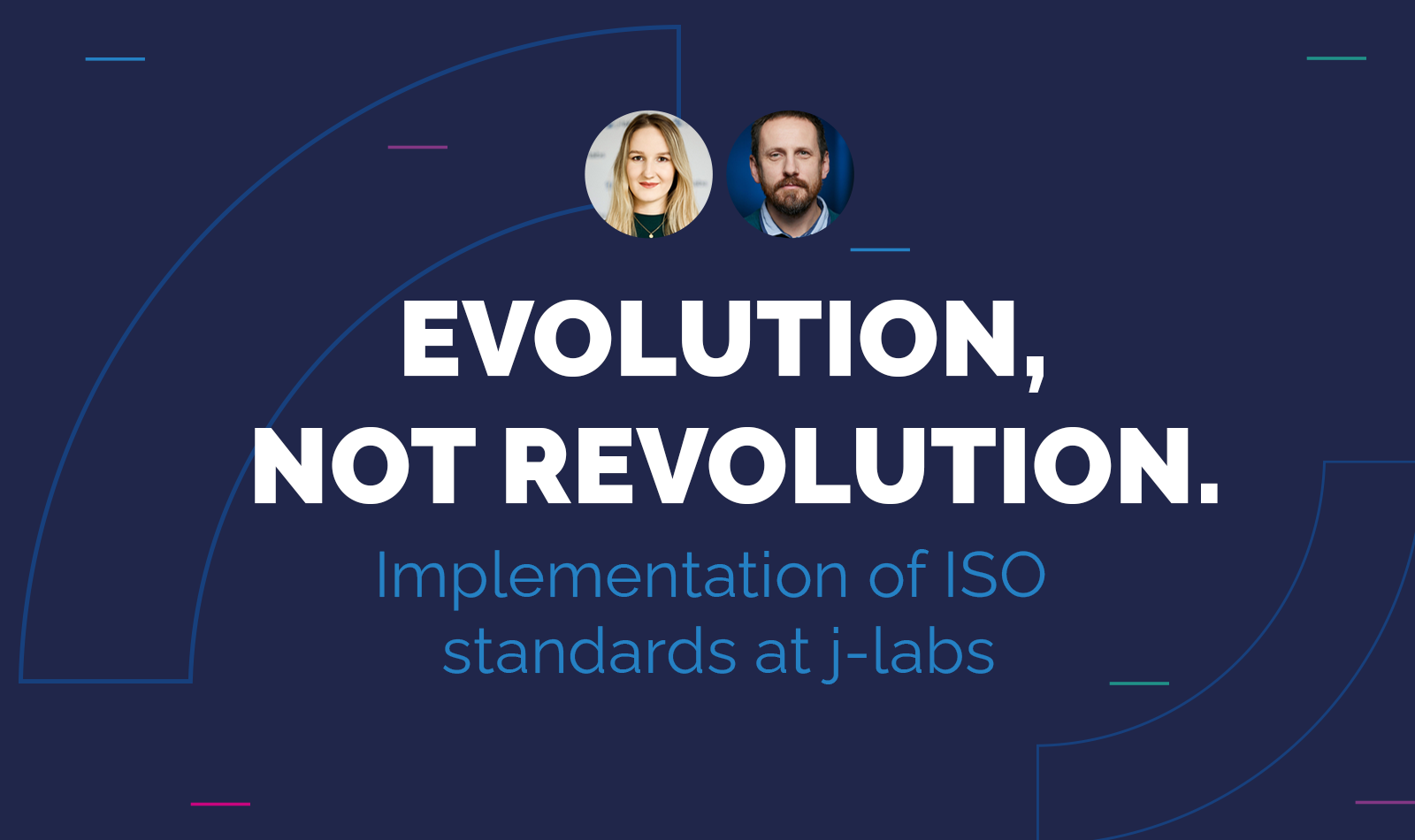How Agile helps: A case study on stand-ups.

Efficient project management is extremely important in facilitating the functioning of an organization. A strategic approach to solving complex business problems in a short time while engaging fewer resources has been entrusted to project managers who implement this approach e.g. in the form of Agile Project Management.
Agile Project Management
This methodology utilizes an iterations-based approach that is focused on delivering project results as quickly as possible and in a progressive way. These principles allow software developers to continuously adapt and review software development processes. This helps to gradually improve their efficiency because they utilize the conclusions drawn by product recipients in order to present the results again in another iteration. Consequently, Agile Project Management makes it possible to constantly evaluate and improve processes intended to develop the product.
Digitalization
Today, every company that does not strive for digitization may perish. Fortunately, in the IT industry, digital transformation is quick and efficient. As a result, especially smaller companies can get cheap access to some of this knowledge.
It is worth pointing out that about two thirds of directors attempt to accelerate digital business initiatives in their organizations. However, only approx. 20 percent succeed and
enjoy the resulting benefits.* Why only 20 percent? The main reason is the lack of agreement between business managers and IT experts. Everyone focuses on changes to the back-end system instead of developing front-end services from the angle of business managers who will be using the systems.
Case study
This was the case in the previous organization for which I worked. It was a medium-sized company dealing with financial services. It focused on digital marketing, search engine optimization tools, and search engine marketing tools. What counted most was the final effect of software use.
On average, an employee would spend approx. 6 hours per week at unproductive meetings. We met in sub-groups, the meetings took too long, were postponed and otherwise moved in time. As you can expect, this generated unnecessary discussions, misunderstandings, and delays in the completion of tasks and projects.
This approach changed when the rapid changes in digitization trends came. The company noticed that it was not only about a change of software back-end, but also about bigger investment in Agile Project Management. Agile philosophy helped to unite the entire workforce to work with clear and well-defined goals. This was facilitated by one of the most important Agile tools: stand-ups.
Digital transformation takes place when Agile principles are integrated and interdisciplinary
Joe Soule, CTO, Capital One Europe
team work is made possible in order to solve clients’ problems.
Stand-up
This is an element of the Agile approach to managing the process of disseminating and receiving information by the relevant stakeholders of the given work process. A stand-up is usually a short meeting with the employees which is intended to make sure that everyone is up-to-date with information concerning the ongoing project (without going into too much detail). Meetings like that are necessary to:
- Share critical information
- Openly report any problems
- Make it possible for team members to be mutually responsible for the project
A stand-up should not last more than 15 minutes. All issues requiring a more extensive discussion should be analyzed with the responsible persons after the stand-up session.
Challenges and solutions
After some time, it turned out that having productive meetings is not so easy. Most of what the participants said was focused on understanding issues and problems and discussing solutions. This type of communication allowed for making many decisions during a single meeting, but it was all under the pressure of time. Which meant not much of it was spent on coordination of tasks.
Every subsequent meeting helped us learn and motivated us to facilitate the process and the stand-ups. We reached the following conclusions, which I hope you will find useful.
- A team has to be composed of highly qualified experts who need to share an understanding of tasks and goals.
- The most important thing is to discuss obstacles and determine what will be done, in what sequence, and when.
- Every team member needs to answer three scrum questions:
– “What have I completed?”
– “What will be completed?”
– “What obstacles for completion are there?” - The team has to specify how to document and track the decisions that have been made.
One advantage of everyday meetings is work regularity. Another is a smaller number of misunderstandings and unnecessary discussions. Better meetings make a better product. In the organization I’m talking about stand-ups became the most appreciated approach to managing projects in the IT department and, ultimately, in the entire organization.
People are more important than technology. Everyday communication between team members, especially in an era of teleworking, means that the project is being carried out more efficiently and in a better atmosphere where everyone involved is focused on completing the task at hand. In turn, this greatly improves the quality of the delivered product.
Meet the geek-tastic people, and allow us to amaze you with what it's like to work with j‑labs!
Contact us



